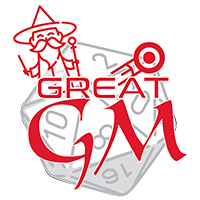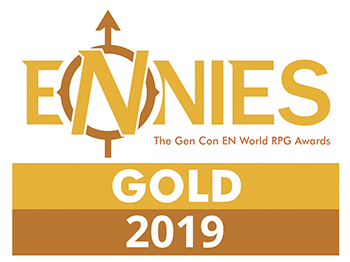Hallucination
2-level Telepathic
PSP Cost
3
Time to Invoke:
1 action
Range:
60 feet
duration:
Concentration, up to 1 minute
Perceivable Actions:
Observable (O) Auditory (A)
This science allows the psionicist to project visions
or images into the victim’s mind. In effect. You
craft an illusion that takes root in the mind of a
creature that you can see within range. The target
must make an Intelligence saving throw. On a
failed save, you create a phantasmal object,
creature or other visible phenomenon of your
choice that is no larger than a 10-foot cube and
that is perceivable only to the target for the
duration. This power has no effect on undead or
constructs.
The phantasm includes sound, temperature, and
other stimuli, also evident only to the creature.
The target can use its action to examine the
phantasm with an Intelligence (Investigation)
check against your psionic save DC. If the check
succeeds, the target realizes that the phantasm is
an illusion, and the power ends. While a target is
affected by the power, the target treats the
phantasm as if it were real. The target rationalizes
any illogical outcomes from interacting with the
phantasm. For example, a target attempting to
walk across a phantasmal bridge that spans a
chasm falls once it steps onto the bridge. If the
target survives the fall, it still believes that the
bridge exists and comes up with some other
explanation for its fall-it was pushed, it slipped, or
a strong wind might have knocked it off.
An affected target is so convinced of the
phantasm's reality that it can even take damage
from the illusion. A phantasm created to appear as
a creature can attack the target. Similarly, a
phantasm created to appear as fire, a pool of acid,
or lava can burn the target. Each round on your
turn, the phantasm can deal 1d6 psychic damage
to the target if it is in the phantasm's area or
within 5 feet of the phantasm, provided that the
illusion is of a creature or hazard that could
logically deal damage, such as by attacking. The
target perceives the damage as a type appropriate
to the illusion.





